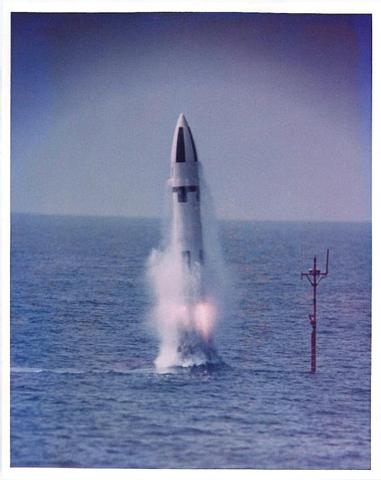|
Note added 11 Sep 2012: A reader found this site by searching with the keyphrase 'If they can have nuclear aircraft carriers, why not nuclear factories?' Good question—a factory is comparable in size with an aircraft carrier; its lighting, heating, conveyors, robots, machinery could be powered by nuclear power if nuclear power were genuine. So why doesn't this happen? This site suggests it doesn't happen because large scale fission doesn't work and never did.
- Mod |
This is cactusneedles of Canada:--
The so-called nuclear subs are either fully battery operated and recharged underwater secretly or run with Stirling Cycle engines or more likely both. That would explain the absence of deisel fumes and would explain the very long underwater periods. Stirling cycle engines are perfectly suited to hoax a nuclear navy. Who can deny that?
I'm led to this by following a link on the 'Pugwash' website, related to the very recent deaths of Russian nuclear power bosses on their way to a conference, supposedly about nuclear power.
The 'Pugwash' group must clearly be phoney. Now, they mention the loss a 'nuclear submarine', the Kursk. Here's a photo allegedly of it, post-explosion:-

Pugwash say in their 2000 piece https://www.pugwash.org/reports/pim/pim14.htm in the Guardian (a 'Scott Trust' mouthpiece, which has a monopoly on BBC job advertising)
THIS week, before the horrified gaze of the world, the Kursk has become part of the swelling armada of dead Russian nuclear submarines, most of which are to be found in the ports of the Kola peninsula of north-west Russia.
If the tragedy focuses attention on Russia's ballooning nuclear waste problem, then some good may yet come of it. What has been lacking has been political will in Russian and abroad. The loss of the Kursk could change that. There is still time - just.
... Kola also boasts the greatest latent potential for catastrophic release of radioactivity on the planet. An audit of 1993, ordered by President Boris Yeltsin, opened the issue for scrutiny. Kola is home to huge numbers of operating and defunct reactors.
Between 1954 and 1996, the Soviet Union built 287 nuclear submarines, containing more than 500 reactors. Of these, a minimum of 183 - and perhaps as many as 245 - are now out of service, and at least 120 of those still have fuelled reactors. The Northern Fleet has 142 subs and three battlecruisers (300-plus reactors) in or out of service. Then there are 10 icebreakers and a container ship. In the tally are 16 dumped reactors, including six with unrecovered fuel from nuclear accidents, such as the one that overtook the icebreaker Lenin. To that must now be added the two fuelled reactors of the Kursk.
So Kola has an abundance of spent nuclear fuel from ships needing containment. Then there is the Kola power station. Two of its reactors are judged by the International Atomic Energy Authority to have a 25% likelihood of critical failure in the next 20 years.
It's impossible to know much of this is true, of course. Nearly 300 nuclear submarines from about fifty years old and younger, suddenly giving problems? There's a long Wikipedia article on the Kursk https://en.wikipedia.org/wiki/Russian_submarine_Kursk_explosion unsourced as always, but at least quoting marine architects as sources, in addition to the BBC and other controlled media, and several conspiracy theories, no doubt including the usual distractions and fakes. It's curious how little comment there is on the supposed nuclear propulsion. On the other hand, each torpedo is supposed to need 1.5 tonnes of H2O2 and .5 ton of kerosene. Wikipedia also lists sunken submarines, 4 US, 6 Soviet + Russian https://en.wikipedia.org/wiki/List_of_sunken_nuclear_submarines
